Afrocanthium gilfillanii
General Info – summary
This spineless, deciduous, and drought resistant Tree is 4m+ high, and grey smooth young bark becomes fluted. Thin, soft, paired, opposite simple Leaves have entire margins and small triangular stipules. Small, regular Flowers have a disc and are in cymes. 5 stamens arise from the corolla mouth. A single pistil is present. The asymmetric Fruit is a drupe with a distinctive off-centre pedicel and contains 2 black seeds.
Description
Previous Names: Canthium gilfillanii, Plectronia gilfillanii, Plectronia macleana, Plectronia velutina.
SA Tree No. 706.
Common names: (Afr) Fluweelklipels, Klipels, Klipfluweelels, Kloofhout, Skaap droolotjies. (Eng) Rock Alder, Velvet Rock Alder, Velvet Turkey-berry, Velvet-leaved cyanthium, Wild coffee. (isiXhosa) Irarinathi, Umdilambele, Umnqayi-mbila, Umsantulane. (isiZulu) Isandulane, Umnqayi-mbila. (Northern Sotho) Serapse. (siSwati) Sivilwane, Umphatsankhosi. (Tshivenda) Mutomboti.
Family: Rubiaceae (Coffee/Gardenia family). This family of dicotyledonous plants has in excess of 600 genera and about 13 000 species and members include trees, shrubs and herbs. The plants are terrestrial and predominantly woody and sometimes Scandent (climbing without the aid of tendrils). Local genera with trees on this website include Afrocanthium, Canthium, Coddia, Gardenia, Pavetta, Rothmannia and Vangueria. Leaves are simple, opposite or whorled and have interpetiolar stipules. 4 or 5 merous, usually regular Flowers are bisexual or unisexual. The calyx has sepals that are at least partly united. Petals are joined – at least at the base. Stamens are usually as many as and alternating with corolla lobes. The Ovary is inferior. Fruit is a drupe, berry or capsule.
Name derivation: Afrocanthium – from Africa. gilfillanii – named after D. F. Gilfilan a pharmacist, and plant collector in South Africa. He collected the type specimen near Johannesburg.
Conservation: National Status: L C. (Least Concern). Assessment: 2009 (Raimondo).
Tree
Thorns and spines are absent from this Tree, which is usually up to 4,5m, but may reach 12m+ high. Trees have straight, narrow stems, and may grow in small groups (photo 874). They may be small, often round and bushy shrubs. White, dense hairs cover the young Branches that are almost horizontal or angled upwards. When debarked these young branches reveal wood with longitudinal grooves. On older stems, the initially smooth, mottled (covered with areas of different colours that do not form a regular pattern) Bark is pale to dark grey (photo 699) and becomes fluted when older.
- 874. 2015/11/17. Walter Sisulu NBG. Photo: David Becking.
- 699. 2015/04/21. Walter Sisulu NBG. Photo: David Becking.
Leaves
This deciduous tree has opposite paired Leaves that are soft, thinly textured, velvety (having a smooth, soft appearance) on both surfaces and simple (with a single blade, which may have incisions that are not deep enough to divide the leaf into leaflets). They may appear clustered on dwarf side shoots along new stem growth. Leaf shape may be elliptic, ovate, round or oval and up to 7 x 5cm (photo 641). White hairs may be present on both sides (photo 642). The slightly rolled under Margins are wavy and entire (with a continuous margin, not in any way indented). The 3-6 pairs of lateral Veins protrude and are distinctly visible on the lighter green under surface (photo 780). These lateral veins are sunken on the upper surface (photo 91). These main side veins link prior to reaching the margin. These and the relatively widely spaced Net veins are visible when the leaf is viewed against a strong light (photo 642). In this photo, the veins tend to loop prior to reaching the margin, and here the hairy margin is also visible. Hair-tuft Domatia are tiny chambers produced by plants that house arthropods. To the naked eye, the domatia appear as small bumps. They are intended to be used by organisms that have a symbiotic relationship with the plant and may be present in principal vein axils on the lower sides of leaves. The Apex is broadly tapering or with a jutting tip whereas the Base is rounded or narrowed (photo 641) to almost square. The Petiole (leaf stalk) is hairy and up to 1cm long (photos 91 & 641). Ovate-triangular Stipules (basal appendages of the petiole) are less than 7mm long.
- 91. 2018/02/26. Walter Sisulu NBG. Photo: David Becking.
- 780. 2015/11/10. Walter Sisulu NBG. Photo: David Becking.
- 642. 2019/09/18. Walter Sisulu NBG. Photo: David Becking. Leaf + sun.
- 641. 2019/09/18. Walter Sisulu NBG. Photo: David Becking.
Flowers
The small (about 5mm wide) and green to greenish-white or yellowish, bisexual Flowers are actinomorphic (Regular, symmetrical. Flowers are vertically divisible into similar halves by more than 1 plane passing through the axis). The faintly scented flowers develop in leaf axils and are arranged in Cymes (broad, more or less flat-topped, determinate flower cluster, with central flowers opening first) with branched flowering heads. Each flower rests on a short pedicel (stalk of a single flower) that is up to 5mm long (photo 437). The flowers are usually located in leaf axils at the top node of the previous year’s growth. Bracteoles (modified specialised leaves usually found with inflorescences and flowers) are inconspicuous. The saucer shaped, truncate Calyx usually lacks lobes and has 5 teeth (photo 377). The Corolla tube is broadly cylindrical and ends with a white pubescent (with dense fine, short, soft hairs) throat (photo 433). Extending from the throat are the 5 acute lobes that may become reflexed. There is a circular Disc (a more or less fleshy or elevated development of the receptacle) present. Functionally male flowers are often produced first. The 5 Stamens alternate with the corolla lobes and arise from and extend slightly beyond the corolla mouth (photo 433). The functional linear Anthers contain copious viable pollen, which is dehisced through longitudinal slits (photo 433). They are usually longer than the Filaments. There is single Pistil (a unit of the Gynoecium, the female element of the flower, composed of the Ovary, Style and Stigma – photo 437). The inferior Ovary usually has 2 locules (locule – compartment within an organ e.g., ovary). Each locule contains a single Ovule. (Aug-Dec).
- 440. 2017/10/10. Walter Sisulu NBG. David Becking.
- 433. 2017/10/10. Walter Sisulu NBG. David Becking.
- 377. 2019/10/12. Walter Sisulu NBG. David Becking.
- 437. 2017/10/10. Walter Sisulu NBG. David Becking.
Fruit
The slightly kidney-shaped (photo 562) to obovoid (egg-shaped fruits with the narrow end at the base) or even square fruit. The asymmetric (not equal to the opposite sides) Fruit is up to 1cm long, and tapers towards the base. It is hairless and is usually a 2-seeded Drupe (a fleshy, indehiscent fruit with the seed enclosed in a stony endocarp; stone fruit – like a peach) with a distinctive off-centre, Pedicel (stalk of a single flower) that is attached to the side (photos 543 & 550). This is diagnostic. Ripened fruit becomes shrivelled, black and is up to 1cm long (photo 967). It tapers towards the base and may be sunken towards the apex. The 2 mature Seeds are black. (Nov-Apr).
- 562. 2015/10/20. Walter Sisulu NBG. Photo: David Becking.
- 543. 2016/02/16. Walter Sisulu NBG. Photo: David Becking.
- 967. 2014/04/01. Walter Sisulu NBG. Photo: David Becking.
- 550. 2016/02/16. Walter Sisulu NBG. Photo: David Becking.
Distribution & Ecology
Substantial amounts of the original large trees were felled during early gold mining activities in South Africa. This drought resistant Tree is not endemic in South Africa. It is often located in thickets (photo 874 – under Trees), on rocky hillsides (including along the escarpment), grasslands and may grow in small groups, often near rivers, in woodland, bushveld (a sub-tropical woodland ecoregion of southern Africa occurring in Limpopo, Northwest). Trees occur near Estcourt in KwaZulu-Natal, Gauteng: in the Highveld e.g. Jeppestown Ridge and Melville Koppies (Johannesburg area), Walter Sisulu National Botanical Gardens and the Zoo koppie (a usually rocky hill on the African veld) in Pretoria. It is also found in Limpopo, North West, Mpumalanga and into North-east Siswati (Swaziland – near Siteki (Stegi), Lesotho, Botswana, Mozambique and Zimbabwe. This plant grows in an altitude range from the coast to about 1 800m. It does not occur in Namibia, Northern Cape or Western Cape. The small flowers attract a number of insects and birds.
Ethnobotany
The Wood is pale yellowish white and brown. It is strong, fine-grained, durable, insect resistant and used for fence poles. After the bark has been removed, the attractively longitudinally grooved young Stems are useable as walking sticks and ornaments. The Fruit is edible.
References
Burrows, J.E., Burrows, S.M., Lotter, M.C. & Schmidt, E. 2018. Trees and Shrubs Mozambique. Publishing Print Matters (Pty) Ltd. Noordhoek, Cape Town.
Coates Palgrave, M. 2002. Keith Coates Palgrave Trees of Southern Africa, edn 3. Struik, Cape Town.
Foden, W. & Potter, L. 2005. Afrocanthium gilfillanii (N.E.Br.) Lantz. National Assessment: Red List of South African Plants version . Accessed on 2025/03/13.
Lawrence, G. H. M, 1951. Taxonomy of Vascular Plants. The Macmillan Company, New York. Tenth Printing 1965.
Palmer, E. & Pitman, N. 1972. Trees of southern Africa. Balkema, Amsterdam, Cape Town.
Schmidt, S. Lotter, M. & McCleland, W. 2002. Trees and Shrubs of Mpumalanga and the Kruger National Park. Jacana, Johannesburg.
van Wyk, B. & van Wyk, P. 1997 Field guide to Trees of Southern Africa. Struik, Cape Town.
https://en.wikipedia.org/wiki/Afrocanthium
http://wildflowernursery.co.za/indigenous-plant-database/afrocanthium-gilfillanii/
http://www.sntc.org.sz/flora/speciesinfo.asp?spid=2946
http://www.mk.org.za/mktreelist.htm
http://link.springer.com/chapter/10.1007/978-94-009-0285-5_79?no-access=true
http://posa.sanbi.org/flora/browse.php?src=SP
https://en.wikipedia.org/wiki/Rubiaceae

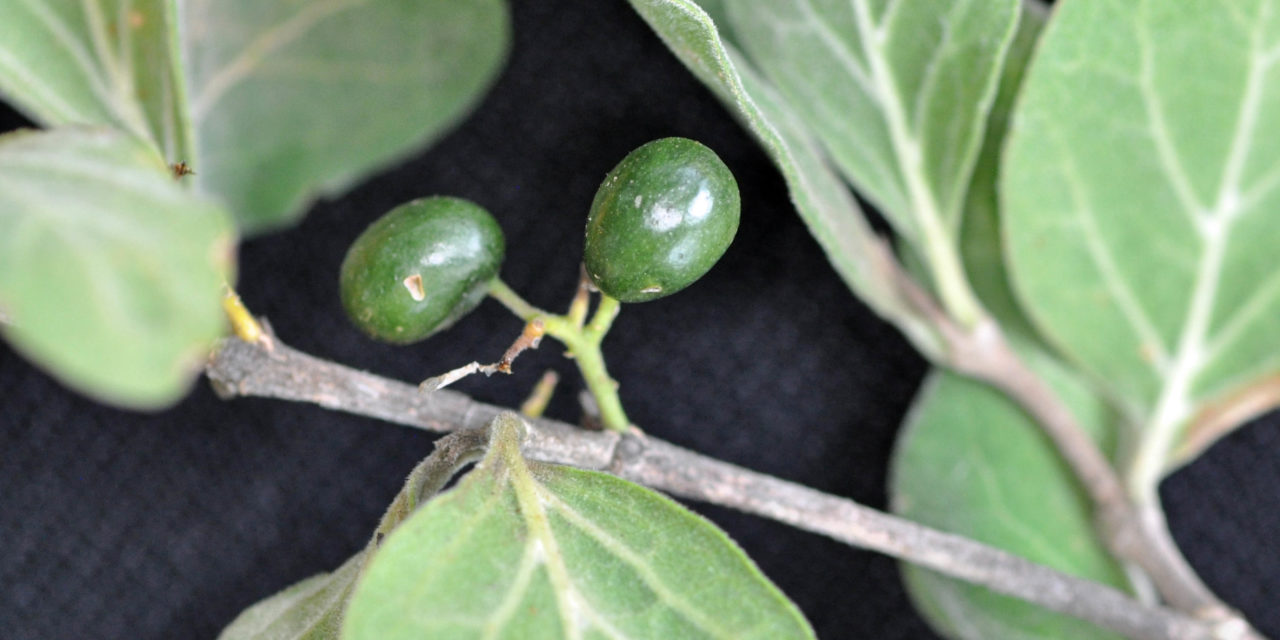
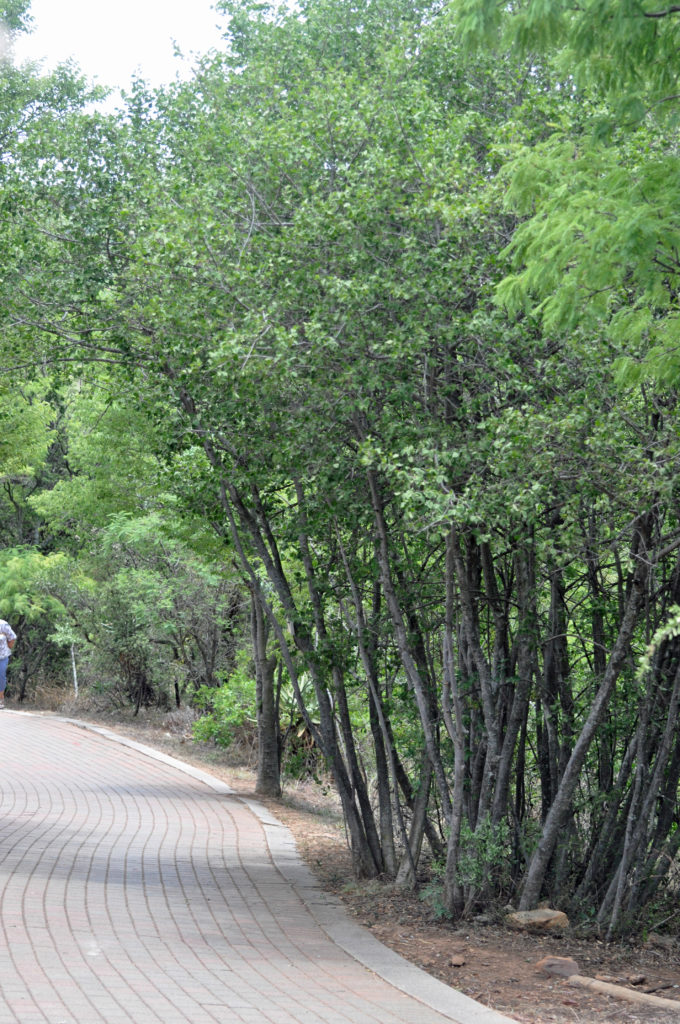
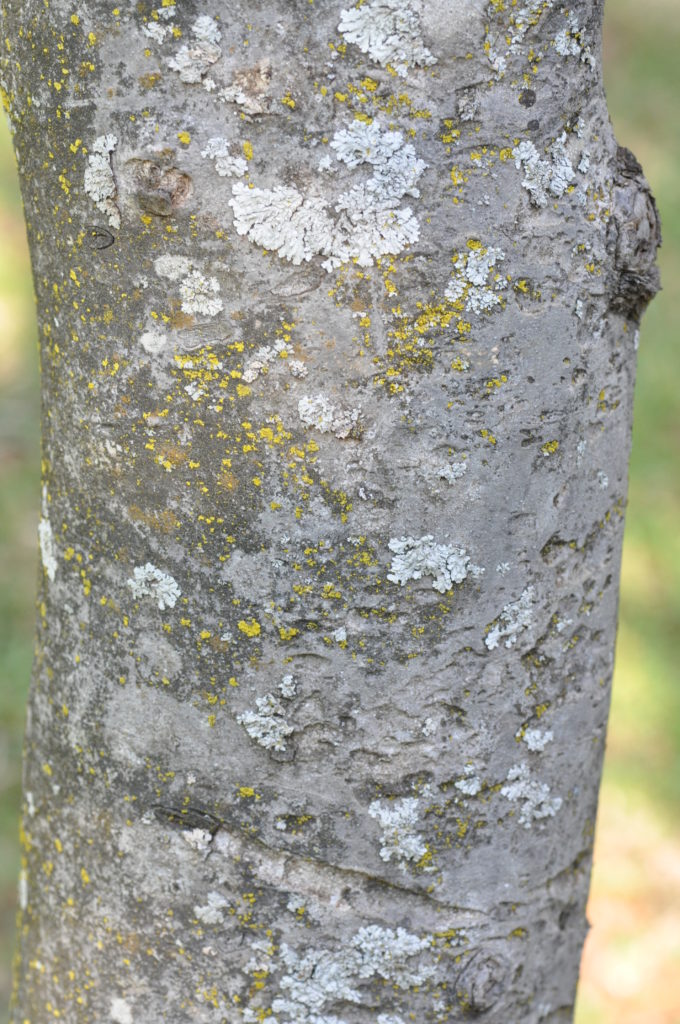
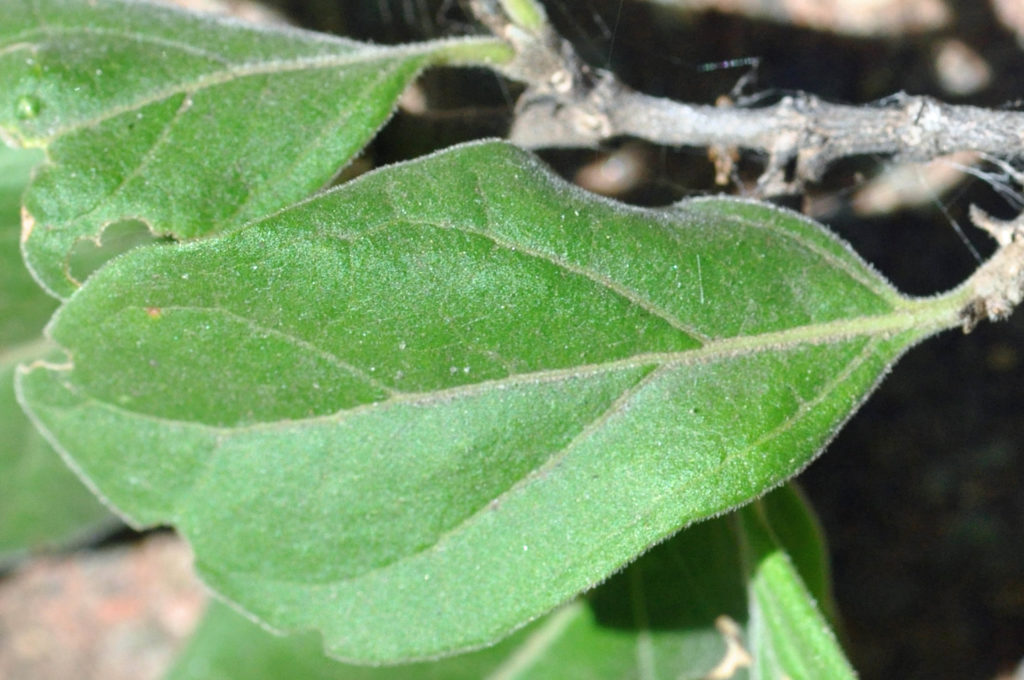
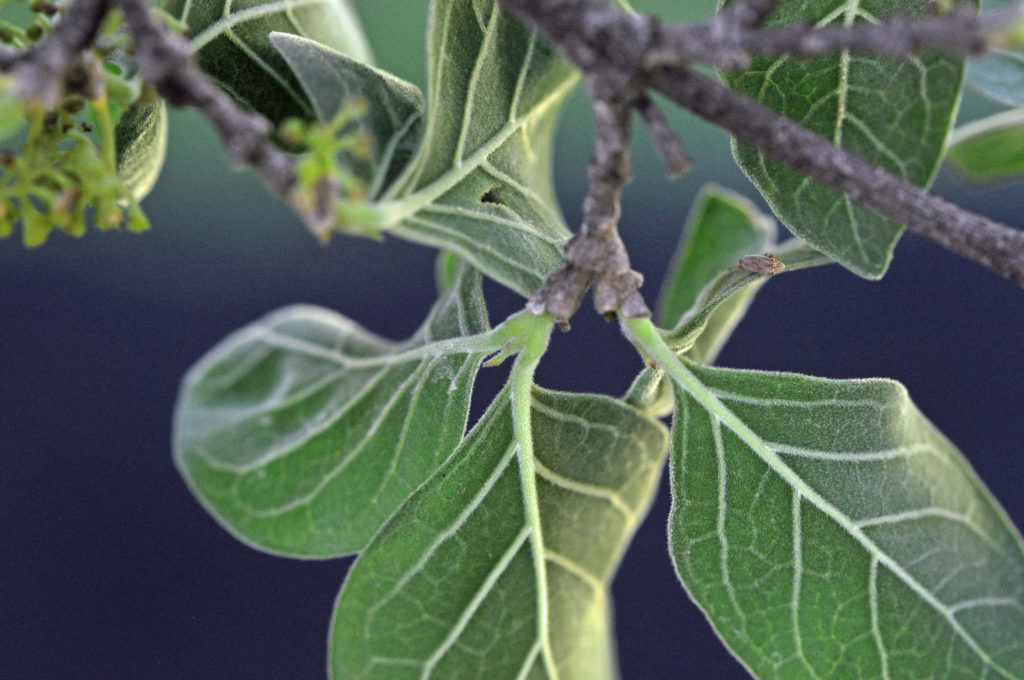
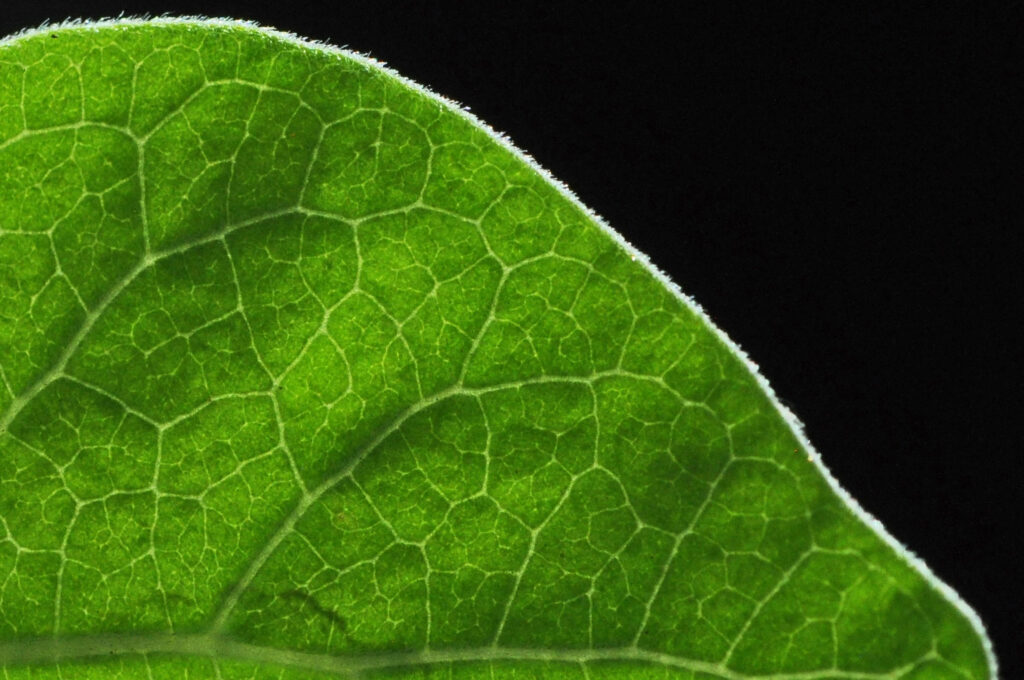

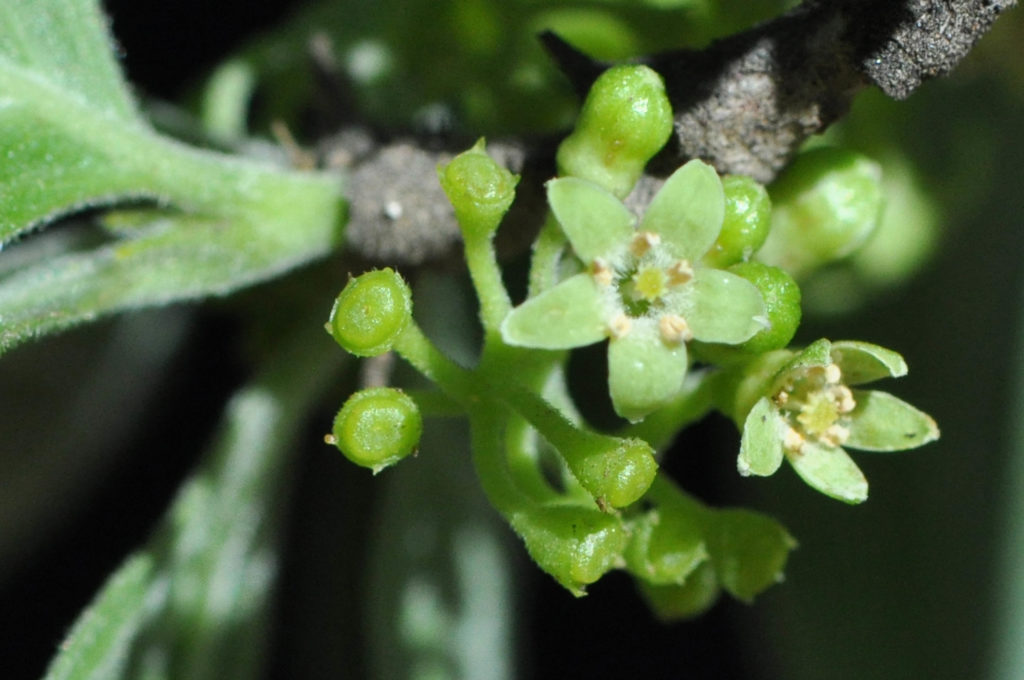
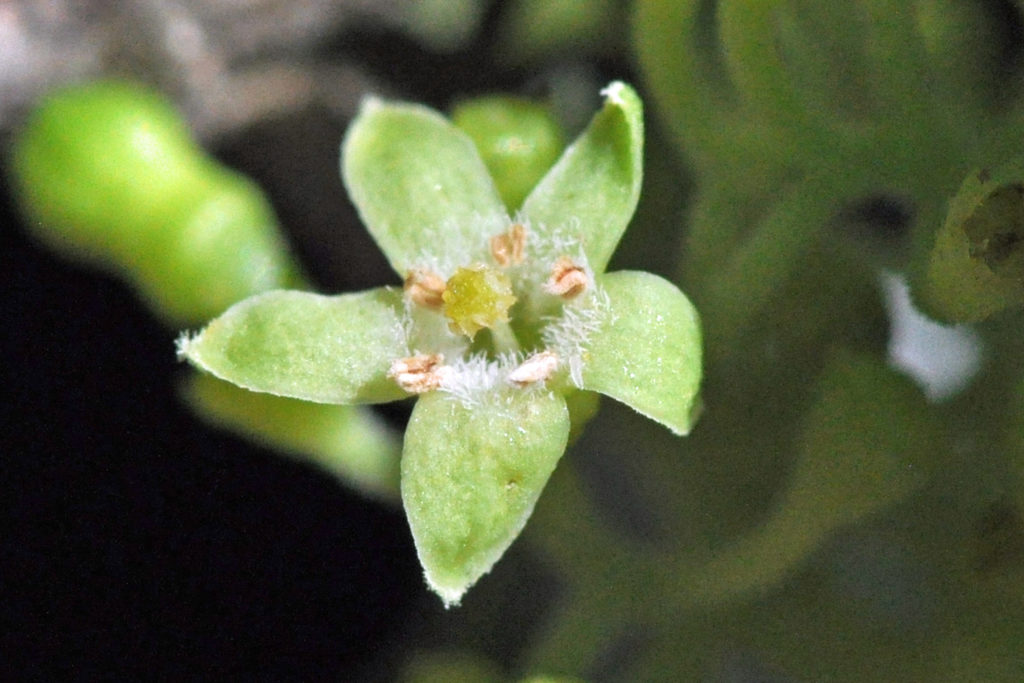
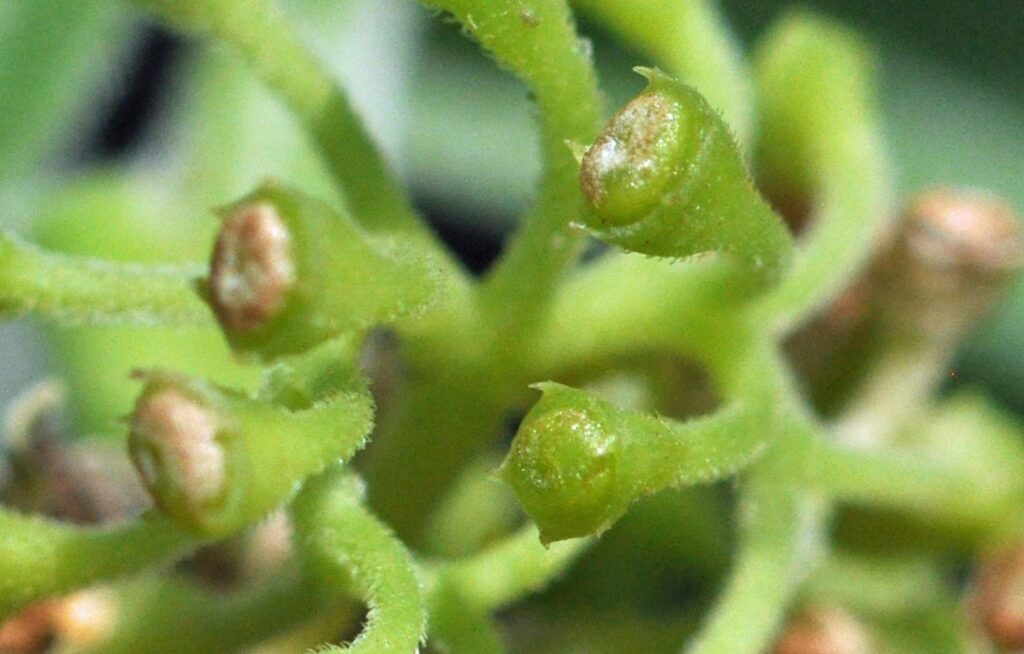
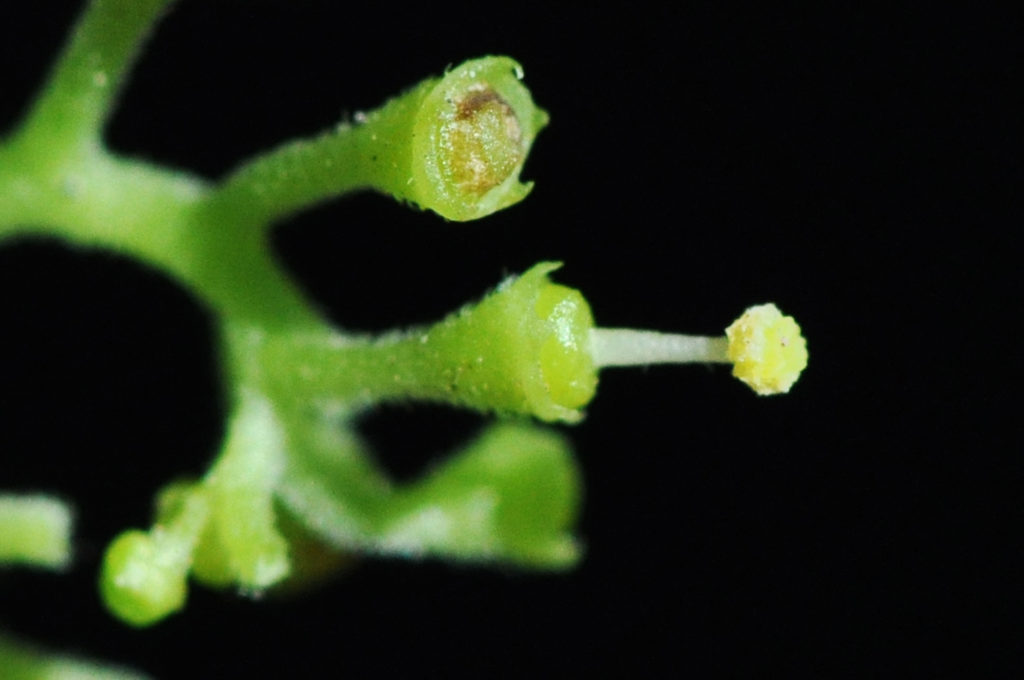
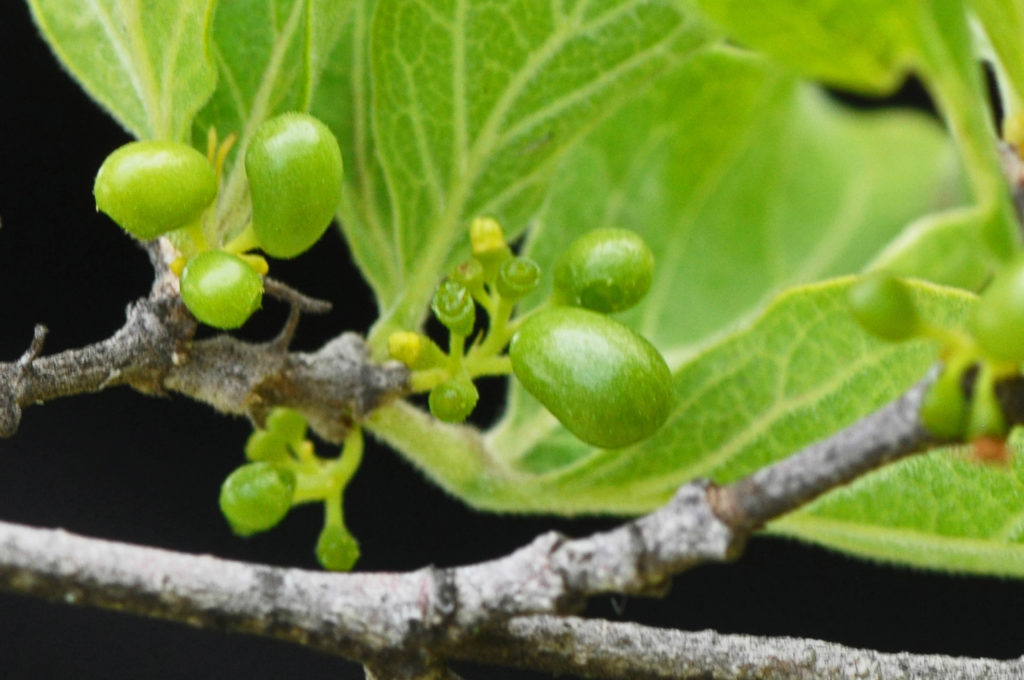
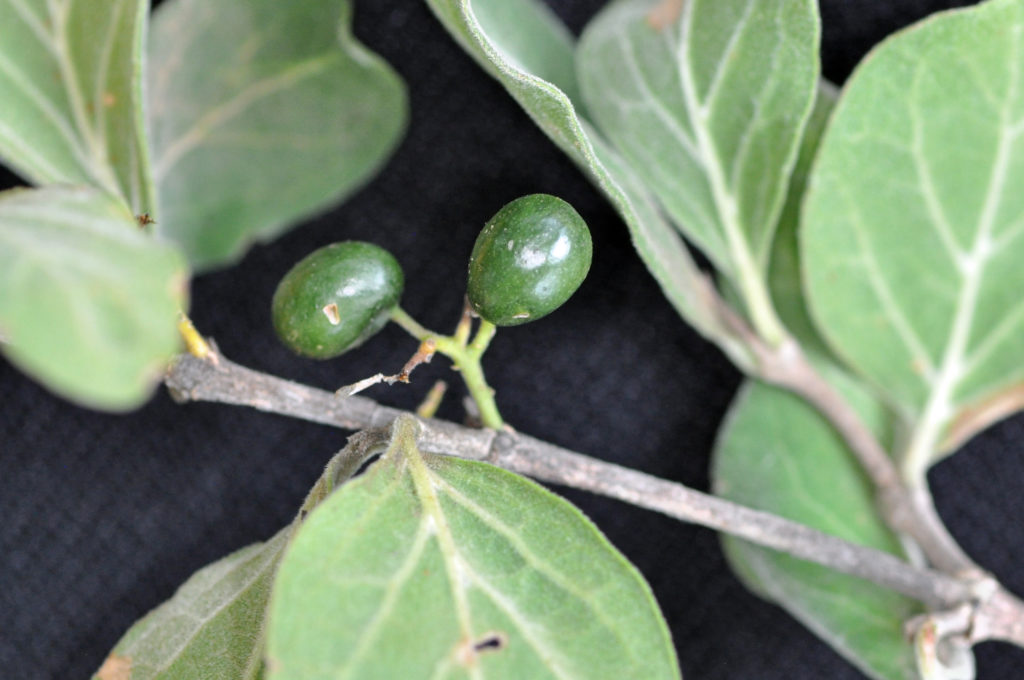
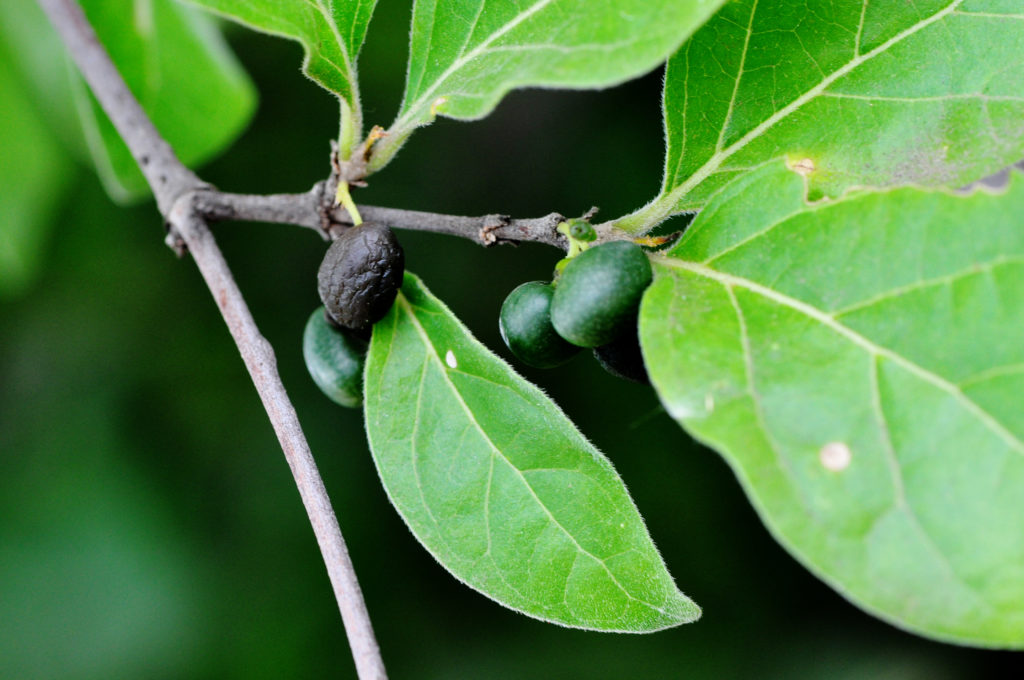
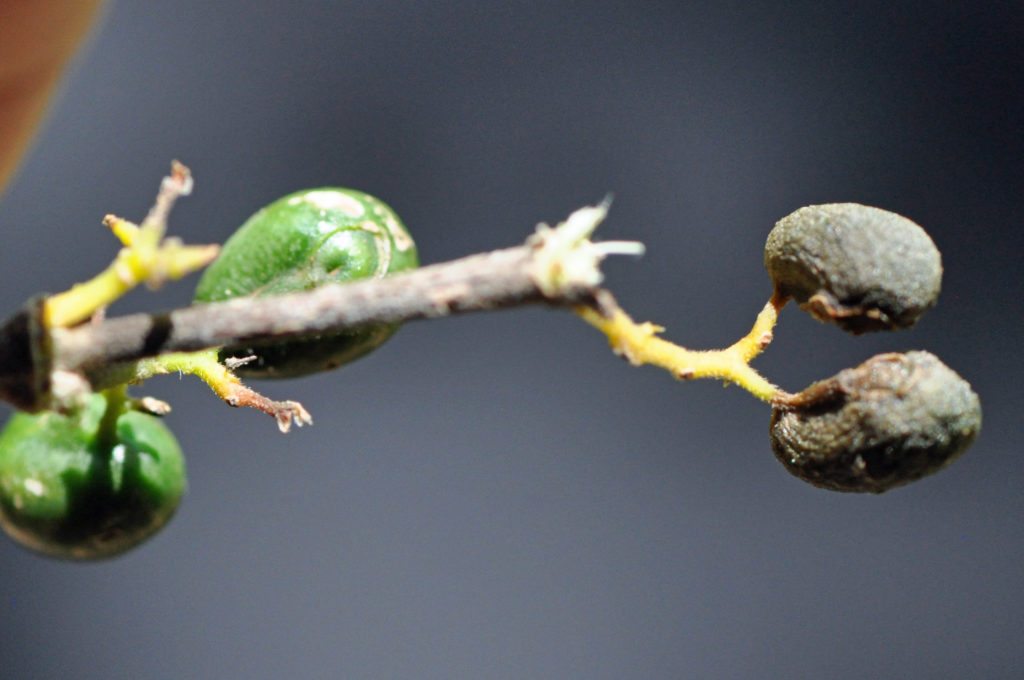
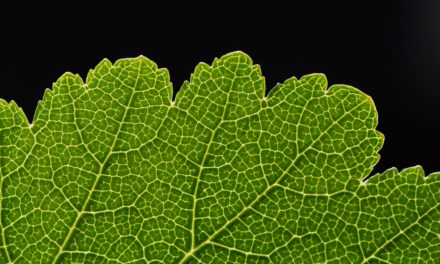
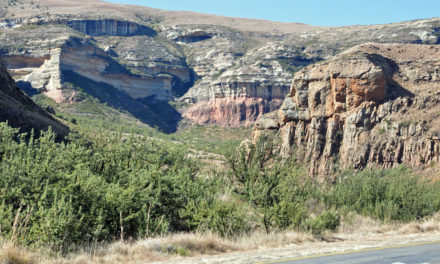

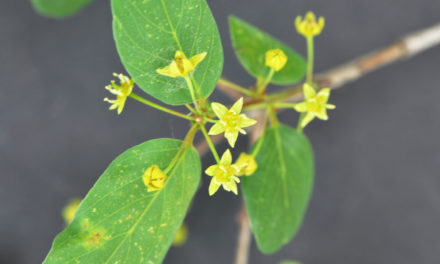
Hi, thanks for this page, wonderful info. I’m looking for ways to successfully propagate this tree from seeds or cuttings, could you recommend any resources?
Thank you for your positive comment. One website that may help you is http://pza.sanbi.org/cussonia-spicata. Good luck with your valley project.
Take care
David Becking.
Hi Andrew
You might like to try the following website in addition to mine. http://www.plantzafrica.com/plantab/aloespec.htm This may help.
Good luck.
David